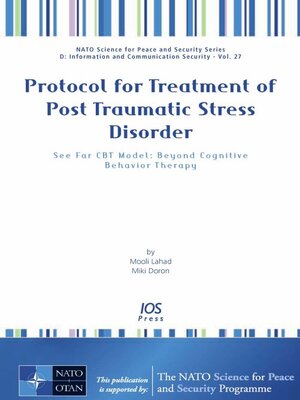Protocol for Treatment of Post Traumatic Stress Disorder
ebook ∣ See Far CBT Model: Beyond Cognitive Behavior Therapy · NATO Science for Peace and Security Series--E: Human and Societal Dynamics
By Miki Doron

Sign up to save your library
With an OverDrive account, you can save your favorite libraries for at-a-glance information about availability. Find out more about OverDrive accounts.
Find this title in Libby, the library reading app by OverDrive.



Search for a digital library with this title
Title found at these libraries:
| Library Name | Distance |
|---|---|
| Loading... |
Psychic trauma is as old as mankind itself, but it is still not fully understood how or why the exposure to single or multiple horrific events can overwhelm some people to the extent that they are haunted day and night by the terrible things they have witnessed. Most will recover spontaneously, but others become victims of the most common psychological disorder stemming from such an experience: post traumatic stress disorder (PTSD). It is estimated that 8% of the Western population suffer from this disorder, and that 40% of them will continue to suffer from symptoms even ten years after the trigger event. For many years it was believed that there was no remedy for those suffering from severe psychic trauma, but in the last decade a major breakthrough has seen the development of new and effective therapy methods. Regaining a sense of control is key to helping clients suffering from PTSD and its accompanying disorders. The authors of this book have spent many years working in the field. Here they distill those elements common to all the accepted methods of treatment, and they add the unique aspect of imagination and fantasy, described in a concept they call Fantastic Reality. Whilst not claiming to have a remedy or solution for every sufferer, this book will help to provide solutions for some of the aspects lacking in other models. This book will prove a valuable addition to the resources of all those who work in this field, where effective treatment, though much needed, is still scarce.







